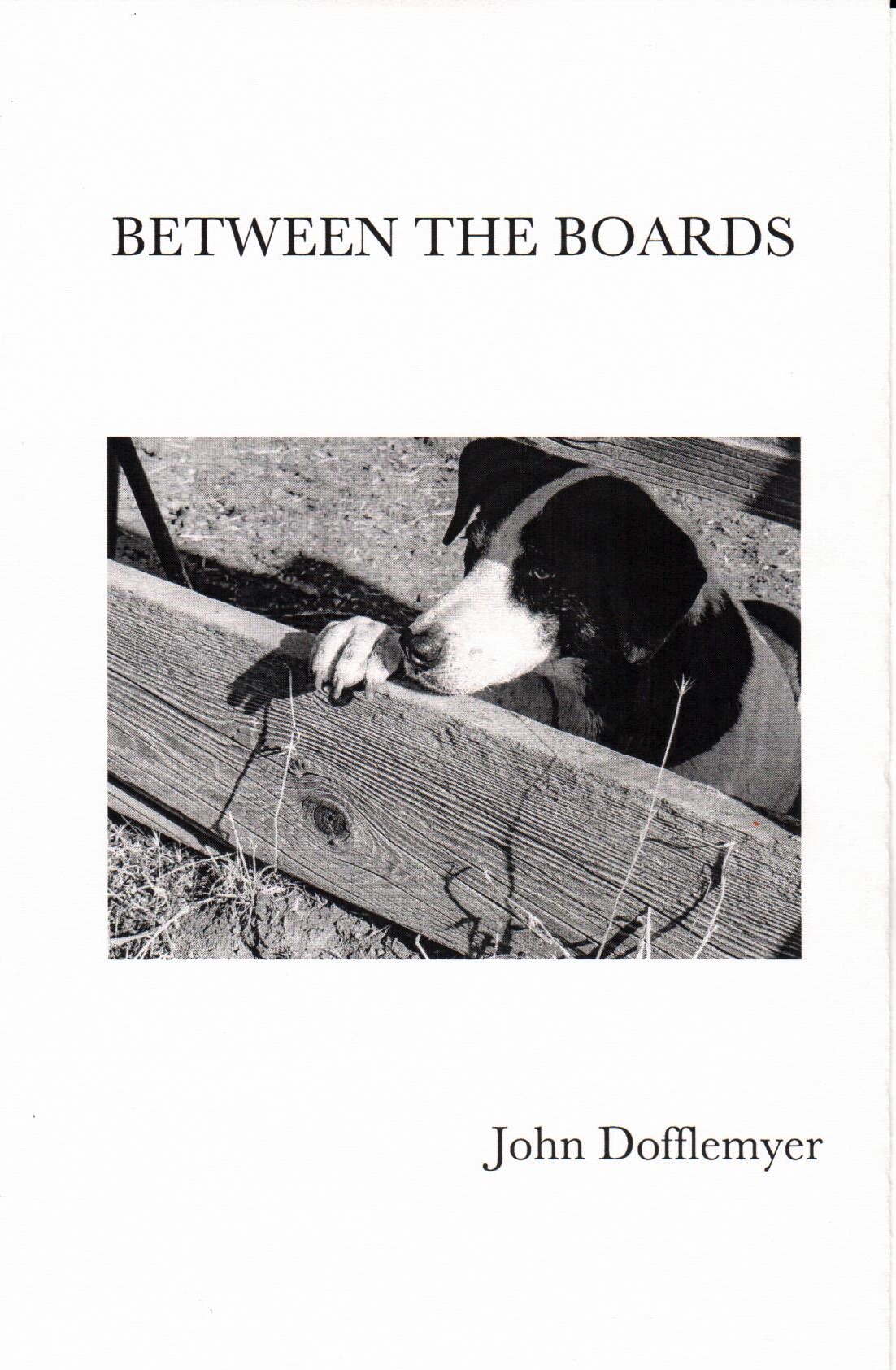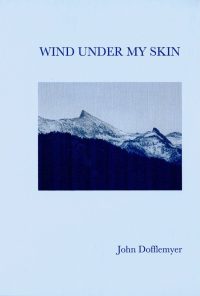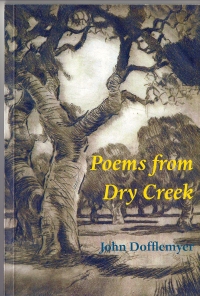
After I mowed the lawn, I opened the gate for the cows and their Wagyu X calves to the horse pasture to eat the grass and weeds horses don’t like to lessen the fire danger and make it easier to spot a rattlesnake at a distance. A treat for the cattle as we wait to process their calves on Tuesday and a treat for us to see them in the evenings.
We let our big dog Buster, a Great Pyrenees/German Shepard X that was part of the litter dumped on Dry Creek Road several years ago, loose to work at night keeping the coyotes, feral pigs, raccoons, skunks, etc. out of the yard. We don’t want him to make a mistake while we’re sleeping, so we move the cattle out before dark.
Last night, Robbin walked and worked our Border Collie Tessa on commands to gently ease them toward and out the open gate—a great exercise and confidence builder for them both. Tessa has been with us enough around the cows to know how we work them (old people slow) and plenty of herd in her breeding. I’m guessing they’ll do it again tonight, it’s been good watching.

















